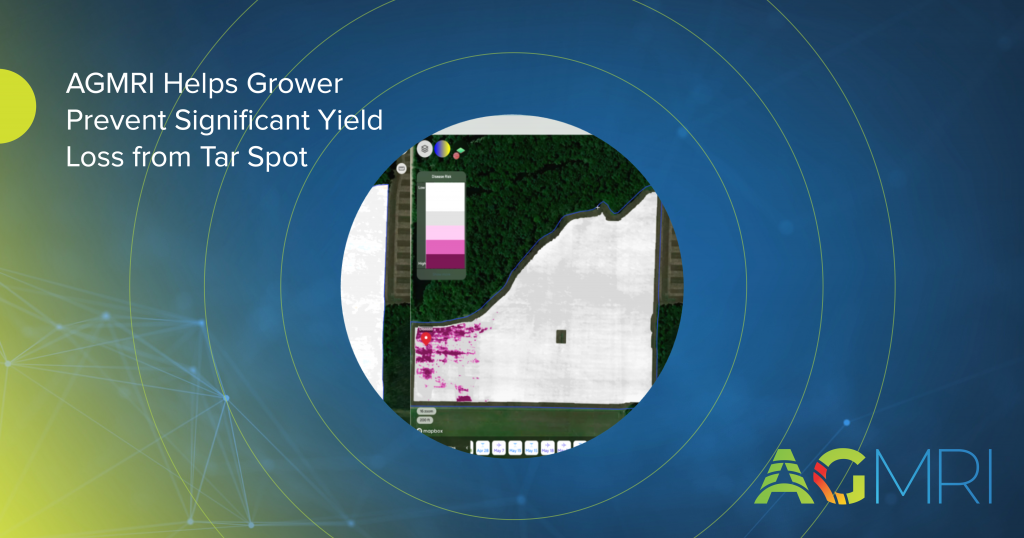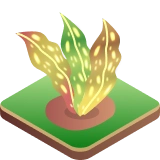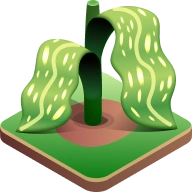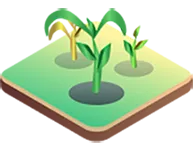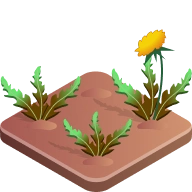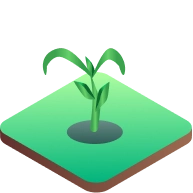Background
An Indiana corn and soybean farmer was challenged with timely and consistent field scouting. The 2025 growing season presented additional complexity, as variable planting dates and inconsistent precipitation led to uneven crop growth stages across the farm. The grower had experienced past issues with diseases like Tar Spot and knew the potential for significant yield loss if not managed promptly. However, manually scouting every field to determine disease presence and optimal fungicide timing was unrealistic given the number of acres he farms and the workload.
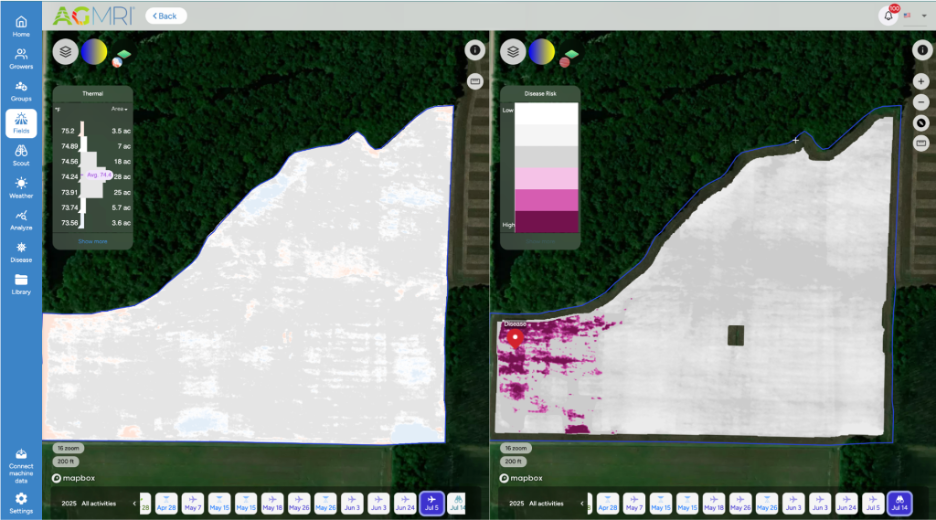
Challenge
His primary challenge was determining which fields required fungicide application and when to apply it. Because of the variability in planting dates and crop stages, making a blanket decision across the farm was risky. The grower minimized wasted time and money spraying low-risk fields while still protecting high-risk fields from yield-robbing diseases.
If the grower had missed identification and treatment of high-risk fields at the correct growth stage, Tar Spot alone could reduce yield by a range of 10–30 bushels per acre. Due to time constraints, inconsistent field scouting posed a real risk of missing the optimal fungicide application window.
Solution
The grower turned to AGMRI for precise, field-specific insights.
- Disease Risk Alert: AGMRI’s alerts identified the fields at the highest risk for disease development, eliminating the need to manually scout every field.
- Growth Stage: AGMRI helped pinpoint which fields were at the correct growth stage for fungicide application, ensuring no wasted passes on fields not yet ready.
- Targeted Action: Once AGMRI flagged a field, the grower (or a scout) validated the presence of Tar Spot in the field, confirming the need for immediate action.
With these insights, the grower prioritized only the fields that required urgent treatment, saving both time and resources.
Results
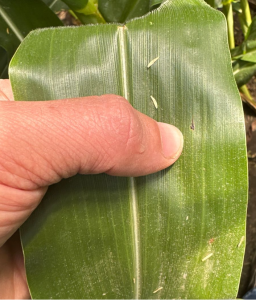 Upon confirmation of Tar Spot, the grower sprayed the field the same day, preventing potential yield loss. Given Tar Spot’s history of causing 10–30 bushels per acre yield reduction, this targeted, timely intervention likely preserved significant revenue.
Upon confirmation of Tar Spot, the grower sprayed the field the same day, preventing potential yield loss. Given Tar Spot’s history of causing 10–30 bushels per acre yield reduction, this targeted, timely intervention likely preserved significant revenue.
The grower commented that AGMRI has become an integral part of his daily routine, providing efficiency and confidence in decision-making. By using AGMRI to monitor disease risk across all acres, he can now focus on high-priority fields and plans to continue relying on the program to proactively manage disease threats in future seasons.

